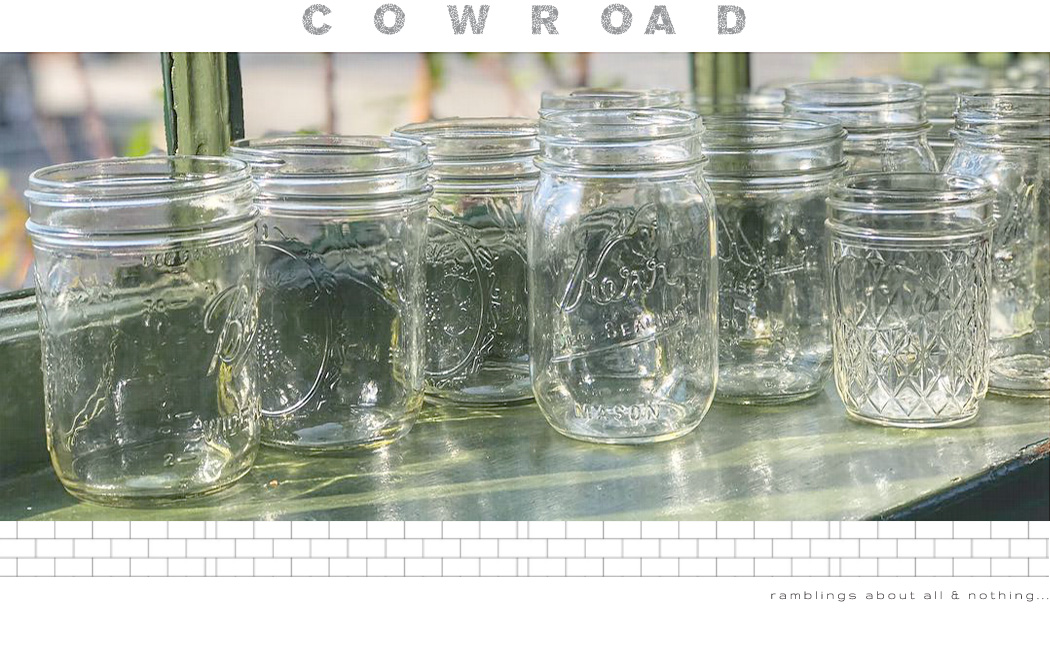 |
Queen Beatrix
(picture borrowed from net) |
Next week Monday, April 30th, is the Dutch National Holiday, celebrating the Queen's birthday. It also happens to be Miss M.'s birthday that day so double the party!
Unfortunately, because of the distance (10 hours of flying or more), the last time I had the pleasure of actually celebrating this day was in 1990!
Oh well, such is life. Anyway, to get into the spirit of things I created the above banner, which of course will only stay up for the next week or so. I thought it sums up the fun and happy atmosphere that hangs around The Netherlands this time of year! {smile}
I found the following explanation somewhere on line:
Queen's Birthday in Netherlands
The Queen's
official birthday (Queen's Day, koninginnedag) in the
Netherlands is celebrated each year with parties, street markets, concerts and
special events for the royal family on April 30 or on April 29 if the 30th is a
Sunday.
What do people do?
In many towns and cities,
particularly Amsterdam, Arnhem, Utrecht and The Hague, the Queen's Day
celebrations begin on the evening of April 29. There are public music
performances and street parties. Some events continue until daybreak when the
actual Queen's Day events begin.
Many people in the Netherlands have a
day off work and schools are closed on April 30. It is the only day in the year
that people without licences to trade can sell things on the street. Some
people set up stalls to sell second-hand goods and Queen's Day themed products
in many city and town centers.
There is a lot of
busking and official musical performances on Queen's Day. Many people
spontaneously sing "Het Wilhelmus".
This is a poem written in 1574 and describes the life of William of Orange
(William the Silent) and his fight for the Dutch people. It is written as if
William of Orange is introducing himself to the Dutch people. Versions are also
played by bands performing at Queen's Day events and on radio stations.
Each year, the royal family visits
one or a few places on April 30. There they are entertained with displays and
performances around local historic events. The members of the royal family
generally join in with the games in a good natured way and greet thousands of
people who turn out to see them.
Public life
On April 30, banks, post offices and
many businesses are closed. Opening hours in stores vary. Some stores are open
as usual, some are open for part of the day, and some are closed all day.
Public transport runs to a normal or special timetable and there are extra
train services to take people home from large celebrations. However, buses and
trams in the center of large cities may have different or shortened routes to
avoid the crowds. Restaurants may be shut, open as usual or only serving
special "Queen's Day" meals. Cafes and restaurants may close earlier
than usual.
Due to mass celebration, it is
difficult to reach many addresses in the center of large cities, especially
Amsterdam by most forms of transport. Apart from minor criminal acts such as
pick pocketing and urinating in public, Queen's Day events are usually very
peaceful. If April 30 falls on a Sunday, the celebrations take place on
Saturday April 29.
Background
On August 31, 1880,
Princess Wilhelmina was born in The Hague. She was the last child of King
William III and the only child to outlive him. On August 31, 1885, and on the
same date each year after that public birthday celebrations were held for her.
The occasion was originally known as Princesses Day (Prinsessedag)
and became known as Queen's Day in 1890 after Wilhelmina became Queen following
the death of her father. On August 31, 1902, people in the Netherlands heard
that Queen Wilhelmina had recovered from typhus and Queen's Day became a true
public celebration.
On September 6, 1948, Wilhelmina's
daughter, Juliana became queen and from 1949, the Queen's Day celebrations were
moved to April 30, her birthday. On April 30, 1980, Beatrix, Juliana's
daughter, became queen. Her birthday is on January 31, but the date of Queen's
Day remained the same as a way of honoring Juliana. Hence, Queen's Day is the
Queen's official birthday and the anniversary of her coronation.
Symbols
The national flag
of the Netherlands is a horizontal tricolor with red at the top, white in the
middle and blue at the bottom. On some feast days, an orange strip of cloth,
known as a wimpel, is hung above the national flag. This is a symbol for the
Dutch royal family, which uses the name "House of Orange-Nassau". The
national flag and the colors red, white, blue and orange are widely displayed
on Queen's Day. Many people make a special effort to wear an orange item of
clothing, to dye their hair orange or to color their faces orange. Accessories
that combine the color orange with some symbol of the royal family, such as a
crown or a lion, are especially popular and sought after.
.JPG)

.JPG)
.JPG)
.JPG)
.JPG)
.JPG)
.JPG)
.JPG)
.JPG)
.jpg)
.jpg)

.JPG)
.JPG)
.JPG)
.JPG)
.JPG)
.jpg)
.jpg)
.jpg)
.jpg)

.jpg)

.jpg)
.jpg)
.jpg)
.JPG)
.jpg)
.jpg)
.JPG)
.JPG)
.JPG)
.JPG)
.JPG)
.JPG)
.JPG)
.JPG)
.JPG)
.JPG)
.jpg)
.jpg)

.jpg)
.jpg)
.jpg)

.jpg)
.jpg)

.JPG)
.JPG)
.JPG)
.JPG)
.JPG)


.jpg)